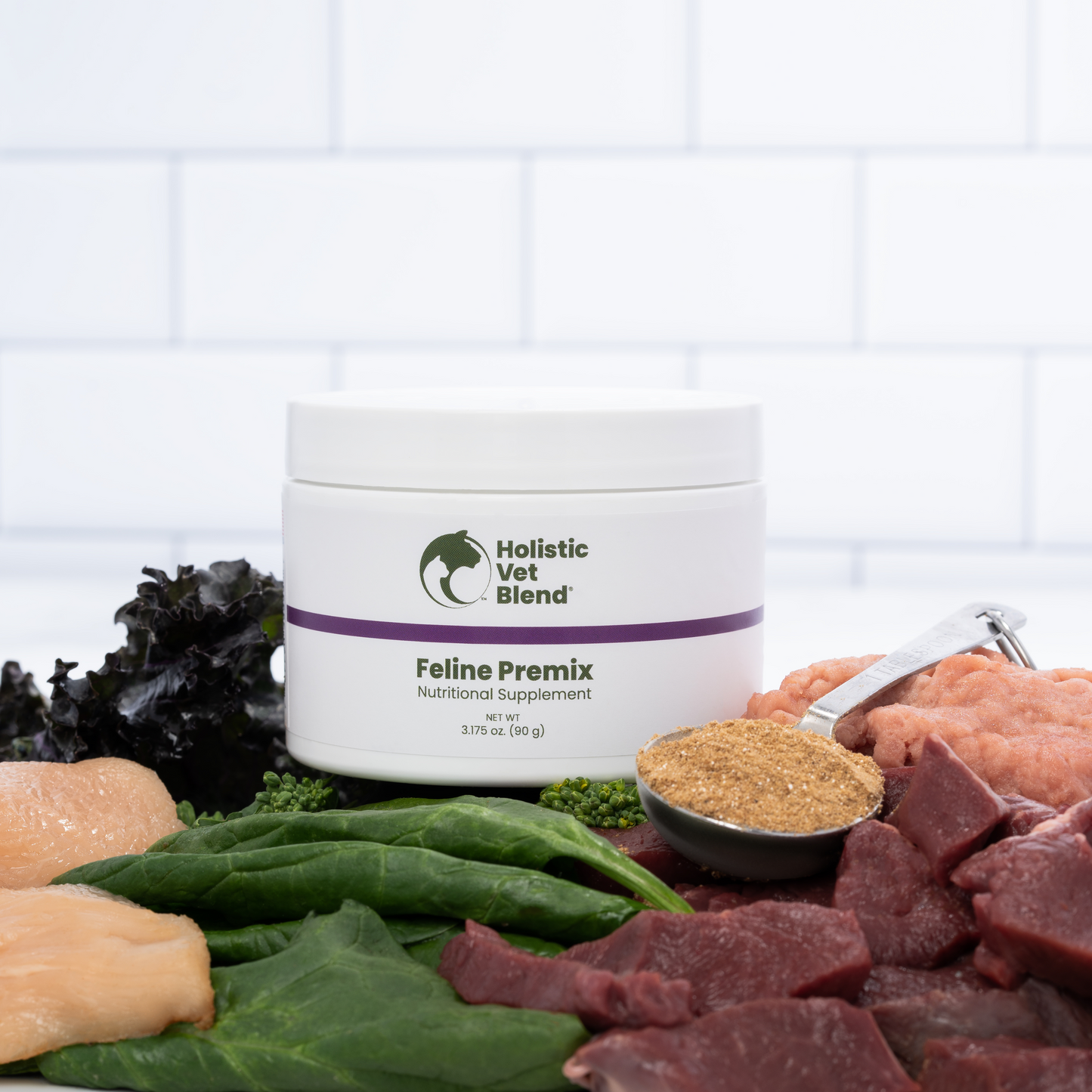
How many times a day should you feed your dog or cat? Let's look at what we've learned from the most extensive study of aging in companion dogs to date. Over ten thousand dogs, representing over 100 breeds, have been enrolled in The Dog Aging Project. Dogs are often used as a model for humans, so a large-scale study is not surprising. Unfortunately, we do not have such a large-scale study on cats, but we will apply what we know about their metabolism and natural behavior in the wild.
What does the research tell us?
We are learning how to live better lives from our pets in more ways than one. Findings from over 10,000 dogs enrolled in the Dog Aging Project are expected to apply to other species, including humans, and could lead to new insights into the biology of aging. This large study has given us much information regarding best practices for feeding and caring for our pets. If you think about dogs in the wild, they tend to hunt and gorge. Their stomach takes up 70% of the gastrointestinal tract (compared to 30% in humans) and can accommodate a substantial meal. One would have to agree that some dogs seem hungry most of the time, and the consequence is that we are experiencing an epidemic of obesity in our pets. Many consume dry kibble, which packs almost 5X as many calories per cup as lightly processed prepared food. This explains why a cup of kibble seems to be "so little," and our dogs always seem to want more, and then there’s the ease with which they stare their humans down until they get it. Researchers found that dogs fed once daily had better scores on cognitive function tests and were less likely to have arthritis, kidney, urinary, or gastrointestinal issues. Future research needs to be done to determine the causal relationship (1). Cats fed once daily also had metabolism benefits, leaner body scores, and promote satiety (2).
How many times a day should I feed my dog?
I recommend feeding most dogs a large meal earlier in the day when they burn the most energy. The exception would be larger breeds prone to bloat, underweight pets, or pets with a medical condition with special needs. I would feed 2/3 of their dietary requirement early in the day and reserve 1/3 for a later meal. Up to 10% of their daily intake for healthy snacks or training treats. Toy breeds tend to get hypoglycemia, especially early in life, and may need to eat more frequently, even as adults. Puppies require more frequent meals than adult dogs as they grow and need more nutrients. Puppies should be fed three to five times daily until they're six months old. After six months, you can reduce it to two meals a day.
Whatever you do, please do not fall into the trap of feeling like you are denying nutrition to your adult dog; they are staring at us for many reasons: boredom, habit, and what I call food camaraderie! For example, a friend puts down a snuffle mat for her dog with treats hidden in it so that he can ferret around and find treats while they are eating dinner. You can do the same with a Kong with healthy ingredients or a turkey neck.
How many times should we feed our cats per day?
Cats are obligate carnivores, meaning they need meat to satisfy essential nutrient requirements. In the wild, they would eat smaller prey (think eight mice a day). Therefore, I recommend feeding adult cats twice daily. Free feeding (especially dry food) is not recommended and will likely lead to an obese, unhealthy cat heading towards the equivalent of Type II diabetes. But, of course, there is no one size fits all, and some pets that are underweight or have medical conditions may need more frequent feeding.
The problem with kibble and cats, especially
Cats commonly fall into the same syndrome as humans that develop Type II Diabetes. Compare eating breakfast with protein and fiber versus eating a bagel. Both are satisfying when you eat them, but the bagel will often leave you wanting to eat again in a few hours. Carbohydrates stimulate insulin release, which tells glucose to leave the bloodstream and go into the cells, leading to a hungry cat back at the food bowl. This scenario repeats itself until the cat stores fat and gets overweight, ultimately developing insulin resistance and on the path to diabetes. Whatever you do, avoid free feeding and especially kibble, unless you want to be at the veterinarian frequently. Although we love to see you, we would rather it be less frequently! In conclusion, there is no one size fits all feeding plan for all pets. The number of times you should feed your furry family member depends on their age, breed, size, and activity level. At the same time, puppies require three to four meals daily until they're six months old. After six months, two meals a day are usually sufficient for adult dogs. Generally, kittens eat four times daily, while adult cats require two meals daily. It's essential to monitor your pet's weight and adjust the amount of food accordingly to keep them healthy and happy.
(1) Bray, E. E., Zheng, Z., Tolbert, M. K., McCoy, B. M., Project Consortium, D. A., Kaeberlein, M., & Kerr, K. F. (2022). Once-daily feeding is associated with better health in companion dogs: Results from the Dog Aging Project. GeroScience, 44(3), 1779-1790. https://doi.org/10.1007/s11357-022-00575-7













